



Domestic ISP chip
Domestic ISP (Image Signal Processor) chips are a crucial component in the development of China’s semiconductor and intelligent vision industries. They are widely applied in smartphones, security surveillance, automotive electronics, drones, industrial vision, and the Internet of Things (IoT). With the advancement of domestic image sensors and camera module technologies, Chinese ISP chips have gradually narrowed the performance, algorithm optimization, and system integration gap with international competitors, forming a competitive product lineup.
One of the main advantages of domestic ISP chips lies in their deep understanding of the local market and application requirements. Domestic manufacturers can typically provide customized solutions for key markets such as security surveillance, automotive cameras, and consumer electronics. For example, Fuhan Microelectronics has a first-mover advantage in the security video surveillance chip market. Its ISP modules have achieved stable mass production in mid-range products, meeting industry demands for image quality, low-light performance, and high-frame-rate processing. Rockchip excels in SoCs with multi-channel ISP support, suitable for multi-camera systems, AI image enhancement, and edge computing applications, which are critical for smart home devices, industrial inspection, and drones.
From a technical perspective, domestic ISP chips focus on image algorithm optimization, low-light noise reduction, HDR (high dynamic range) processing, color correction, gamma correction, demosaicing, sharpening, and AI-based intelligent image processing. Domestic vendors are flexible in algorithm development, allowing them to quickly respond to customer needs and optimize imaging performance in specific scenarios. For instance, in night surveillance or automotive driving scenarios, domestic ISP chips can enhance image clarity and usability through low-light enhancement and dynamic range optimization.
Regarding interface and system integration, domestic ISP chips typically support multiple image sensor interfaces, including DVP (Digital Video Port) and MIPI CSI, facilitating seamless integration with both domestic and international camera modules. This provides strong compatibility in system design while reducing overall cost and shortening development cycles. Additionally, some domestic ISP chips integrate on-chip AI acceleration modules, enabling edge devices to perform functions such as facial recognition, object detection, and image enhancement, further expanding application scenarios.
From an industry ecosystem perspective, domestic ISP chip manufacturers often collaborate closely with local image sensor companies, module makers, and device manufacturers, forming a complete supply chain. For example, Huawei HiSilicon has extensive experience in ISP chip design for smartphones, supporting high-resolution cameras and multi-camera systems widely used in its own products and partner devices. Other companies, such as OmniVision’s China branch and Amlogic, also provide domestically developed ISP chips with independent intellectual property through self-development or partnerships.
However, domestic ISP chips still face several challenges. High-end algorithm capability and image quality lag behind international competitors like Sony and Ambarella, especially in extreme scenarios involving low light, HDR, and high-frame-rate processing. Moreover, high-end packaging, low-power design, and large-scale mass production capabilities need further improvement to meet the demands of smartphones, drones, and autonomous driving systems. Lastly, the accumulation of chip ecosystems and algorithm libraries must be strengthened to achieve deep integration with emerging technologies such as AI, 5G, and edge computing.
In summary, domestic ISP chips already demonstrate strong competitiveness in mid-range applications and in security, industrial, and automotive electronics markets. Through algorithm optimization, localized customization, and system integration, they meet diverse application needs. Looking forward, with the development of AI image processing, edge computing, and multi-camera systems, domestic ISP chips are expected to gradually break into high-end markets, achieving higher image processing performance, lower power consumption, and intelligent functionality, providing core support for China’s intelligent vision industry.

Please contact us if the source is mislabeled or violates your legal rights.
We will promptly correct and delete, thank you.


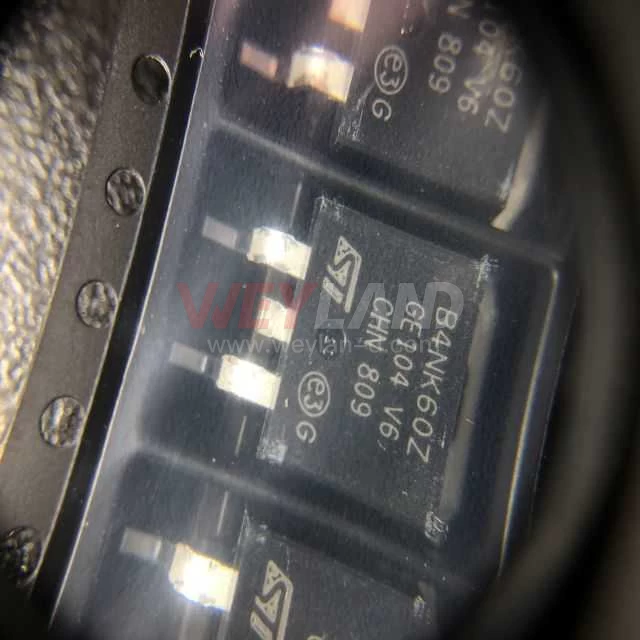
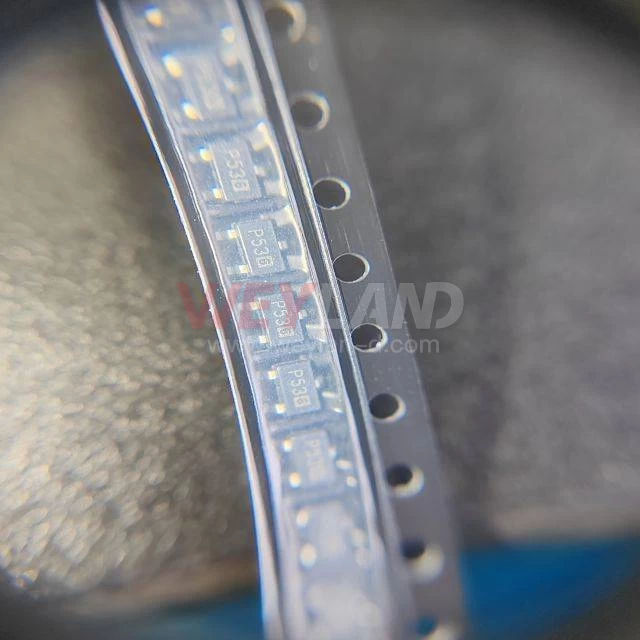
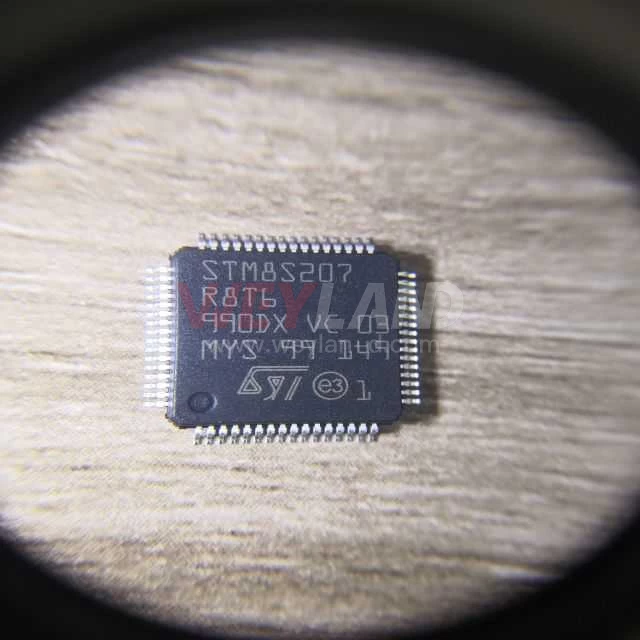
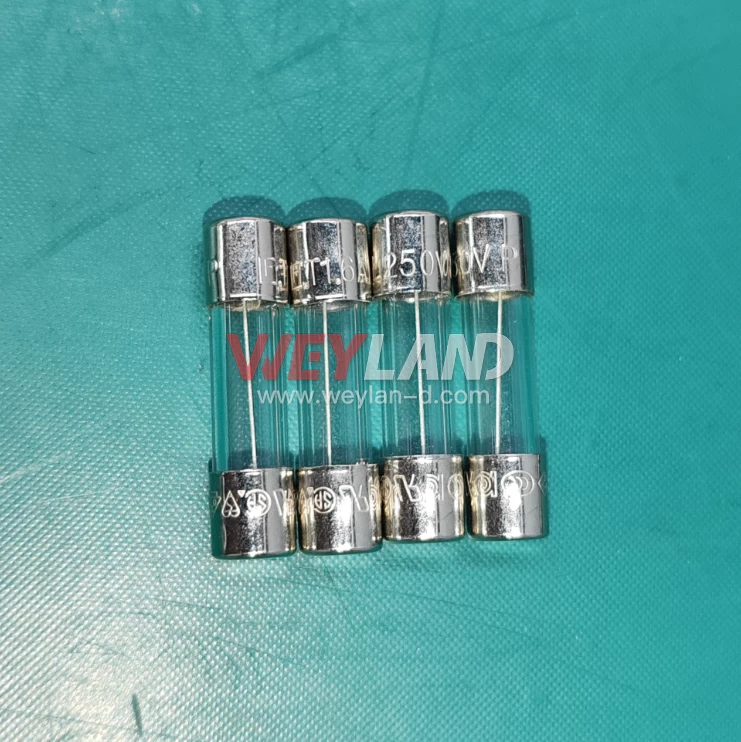
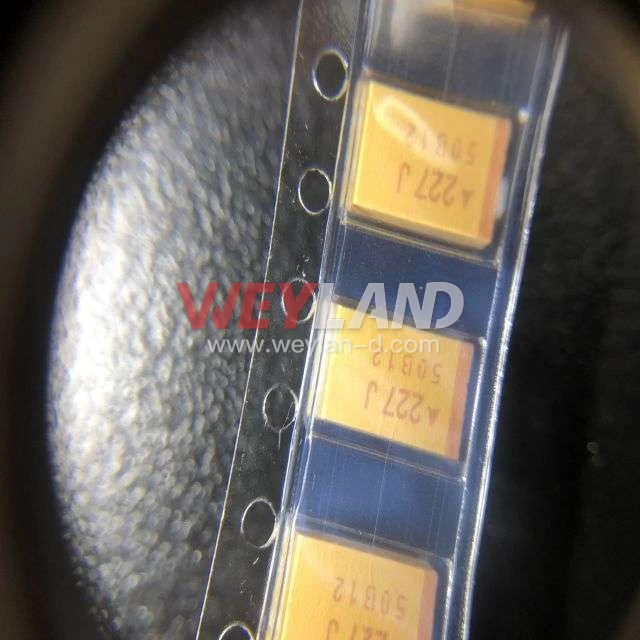
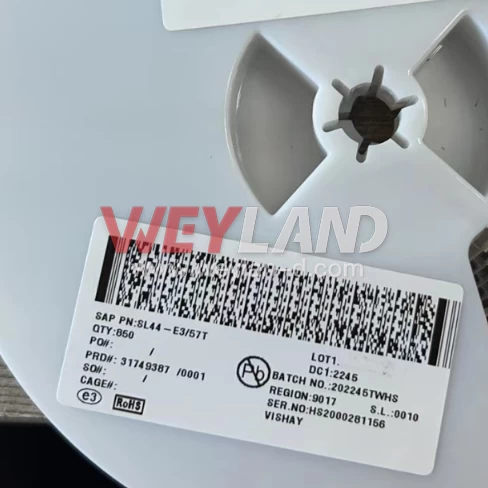
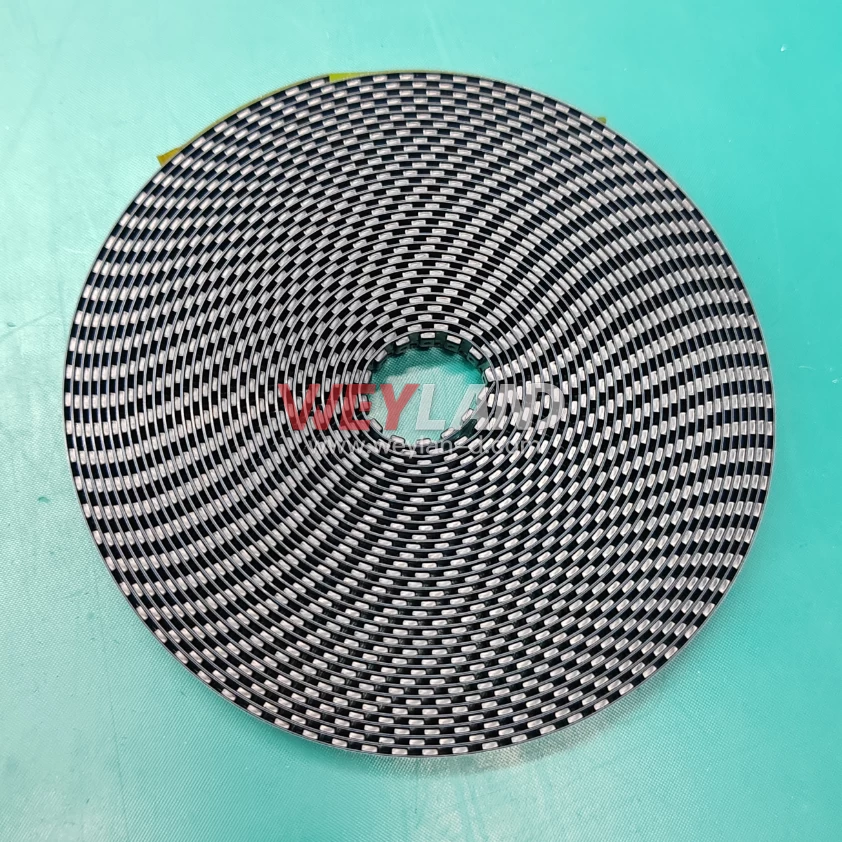

.9246509.png)












[email protected]
7500A BEACH ROAD #04-307 THE PLAZA SINGAPORE (199591)
RM 705.7/F.FA YUEN COMM BLDGNO.75-77.FA YUEN STREET.MONGKOK.KLN.HONG KONG
